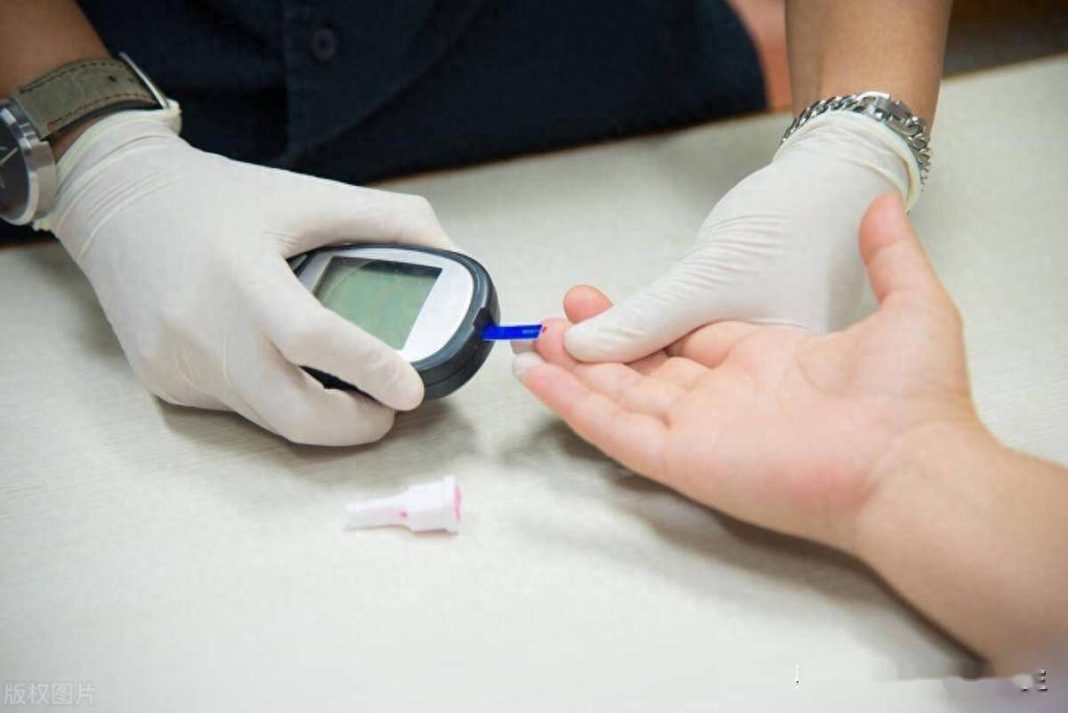Diabetes is receiving more and more attention from people. On one hand, the patient population is large, with many new patients, resulting in high medical and social costs. On the other hand, although there are medications and methods currently available, they can only alleviate and delay the progression of the disease, not cure it. Additionally, diabetes can lead to a large number of complications, causing long-term physical and psychological suffering for patients.
The true face of diabetes is gradually being revealed through medical research. Initially, the symptoms were just known as weight loss, sweet-tasting urine, and gradual deterioration of the body after contracting the “strange disease.” Later on, it was understood that diabetes has two main types, Type 1 and Type 2, with Type 2 being more common. Today, the main causes of diabetes onset, as well as the main diagnostic methods and indicators, are known.
The onset and progression of diabetes are directly related to insulin. Insulin is a hormone secreted by the pancreas to lower blood sugar levels. If there are issues with the pancreas and a lack of insulin, diabetes can be triggered in individuals of any age or gender. The consequences of a diabetes diagnosis include continuous blood sugar monitoring, insulin injections, and managing complications.
In other words, when pancreatic function is compromised, diabetes is likely to occur. For Type 1 diabetes patients, pancreatic function is congenitally impaired, leading to the onset of diabetes. For Type 2 diabetes patients, a combination of factors such as obesity, aging, and insufficient pancreatic hormone may result in decreased pancreatic function, making up more than 90% of all diabetes cases.
How does Type 2 diabetes target the general population and progress over time? From a medical standpoint, this involves complex medical terms, but doctors often explain with examples to simplify. Initially, diabetes behaves like a parasite in the body, relying on insulin for survival. As the parasite grows, it requires more insulin, but the body has some compensatory ability, maintaining normal blood sugar levels.
As the parasite rapidly reproduces and consumes insulin, there is a clear shortage, leading to insulin distress. With a significant drain on insulin and a depleting supply, the condition progresses into insulin resistance and hyperinsulinemia, marking the prediabetes stage of Type 2 diabetes. As the condition worsens, prediabetes eventually transforms into diabetes, with abnormal metabolic functions and high blood sugar levels, leading to deterioration in the patient’s health.
To expel the parasite, patients seek external help, either through medications or external insulin injections, stabilizing the situation. With external support easing the burden, the pancreas gets time to recuperate, gradually restoring function and subduing the parasite. This outlines the process of diabetes from onset to worsening, transformation, and control.
Some individuals discover that allowing the pancreas to rest and restore its insulin secretion function is key to managing the progression of diabetes, and there is a possibility of reversing the condition. This area of study is currently a focal point in the medical field.
For a long time, scientists believed that diabetes required lifelong medication post-diagnosis, but this notion has been revised in the latest diabetes prevention and treatment guidelines in China. It is now acknowledged that diabetes can be “reversed” under certain conditions, including the type of diabetes, patient profile, pancreatic beta-cell function, and duration of the disease.
Meeting the necessary conditions for halting medication and injections under medical supervision is crucial. Reversing diabetes does not equate to a cure; it signifies the restoration of pancreatic cell function, eliminating the need for external insulin or medication assistance. Moreover, there are three levels of diabetes reversal: low, moderate, and high, each requiring specific blood sugar level criteria.
Halting medication and injections does not guarantee permanent results. Maintaining a healthy lifestyle with balanced nutrition and regular meals is essential to sustaining the reversed condition and avoiding a return to medication and injections. The road to reversing diabetes lies in the patient’s choices, persistence, and commitment.


